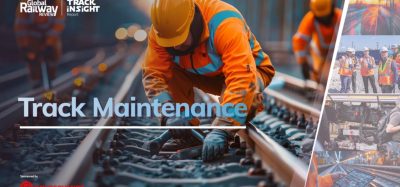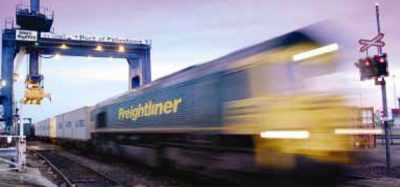Are you taking advantage of knowledge from past projects?
Posted: 9 August 2021 | Rail BI | No comments yet
Read on to find out why your current approach to knowledge reuse might be causing problems.


You’re unlikely to find anyone who would disagree with the principle of learning from past mistakes and successes. But, in reality, organisations are frequently ill-equipped to effectively reuse knowledge from their previous projects.
To effectively reuse knowledge from past projects, you need to have a clear means of documenting your knowledge, and making that knowledge accessible to others.
Conversations will often take place at the beginning and end of projects to discuss lessons learned and potential areas for improvement, but as time passes and new projects emerge, many of the details around what happened in the past become difficult to access or interpret as teams and systems change.
To effectively reuse knowledge from past projects, you need to have a clear means of documenting your knowledge, and making that knowledge accessible to others.
This can stifle progress and lead to teams regularly having to reinvent the wheel, where work is duplicated and similar mistakes are repeated again and again.
To effectively reuse knowledge from past projects, you need to have a clear means of documenting your knowledge, and making that knowledge accessible to others. By reusing what others have already learned and built, you can improve efficiency, and make major savings in time and money.
You’re not using the same data and calculations
Many organisations struggle to reuse knowledge from previous projects due to inconsistent and unclear data.
Teams are often in situations where rough guesswork and error-prone spreadsheets are involved in their projects, and therefore feel that they simply don’t have enough confidence in their data to reuse it elsewhere.
However, by making better data-driven decisions and producing your initial estimates and forecasts with the same platform, same datasets, and same calculations each time, your confidence in your data will improve.
Planning and estimation teams will be able to focus on true project planning, rather than consolidating and checking data, and you’ll be able to reuse your findings in future projects.
Your examples are limited
Your organisation may also find it difficult to learn lessons from past projects if your knowledge base is too limited.
A tool like Rail BI allows you to build templates for consistent reporting and quick, easy comparisons.
When it comes to major infrastructure projects, teams often find that they can only consider a limited number of scenarios and cost estimations due to the length of time they take to produce in each instance. This means there isn’t always a wide range of relevant examples to draw upon in future projects.
However, business intelligence tools like Rail BI can facilitate rapid scenario analysis, allowing for multiple alternatives to be generated and considered each time. As a result, you have access to all of the options you considered at various stages of previous projects, allowing you to reuse past successes and draw upon a growing knowledge base.
Your reporting formats are inconsistent
Automating and streamlining the way you build and store your reports means you can always come back to them, learn from them, and feed key takeaways back into your system for continuous improvement.
You’re unlikely to be able to make use of any lessons learned in the past if they’re difficult to access and make sense of.
Consistent reporting formats are the easiest way to ensure you are able to document and draw upon the knowledge that already exists within your organisation. If data and reports are presented differently for each project, it makes it almost impossible to revisit it and make relevant comparisons in a timely manner. Too often, this leads to teams giving up on reviewing past information and starting again from scratch.
A tool like Rail BI allows you to build templates for consistent reporting and quick, easy comparisons. You can include tables, graphs, and maps to visualise connected data in easy-to-read formats. This means you’ll know where to look for information relevant to the project at hand.
Automating and streamlining the way you build and store your reports means you can always come back to them, learn from them, and feed key takeaways back into your system for continuous improvement.
Rail BI is committed to reusing knowledge from previous projects, and advocates for a simple approach: setup once, test twice, reuse forever. To find out more about how we can help your organisation while working with your existing systems, get in touch with us here.
Related topics
Artificial Intelligence (AI), Infrastructure Developments, Internet of Things (IoT), Mobility-as-a-Service (Maas)








